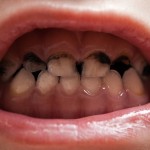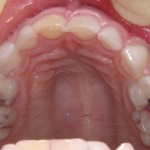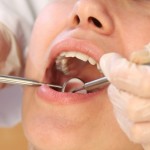
This new Cochrane review looked at school-based interventions aimed at changing behaviour related to toothbrushing habits and the frequency of consumption of cariogenic food and drink in children between the ages of 4 and 12 years. The Cochrane Oral Health Group’s Trials Register, and Cochrane Central Register of Controlled Trials (CENTRAL) ,Medline, Embase, CINAHL, PsycINFO, [read the full story…]








